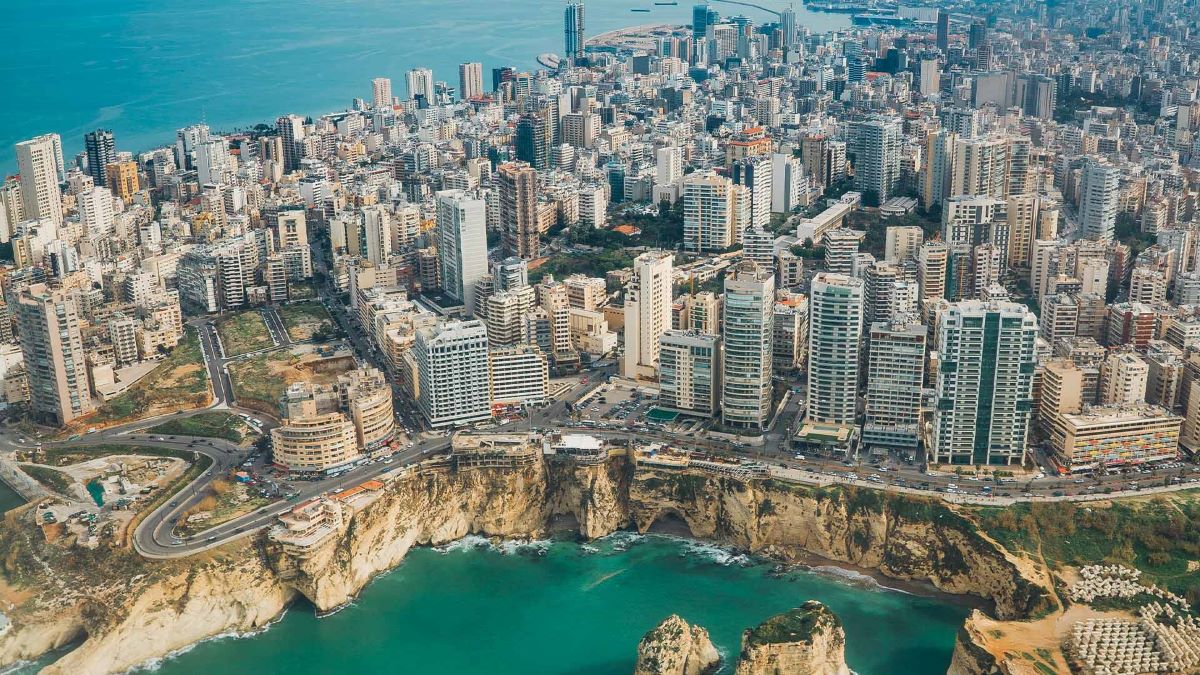Nestled along the eastern shore of the Mediterranean Sea, Lebanon is a country rich in history, cultural diversity, and natural beauty. From ancient Phoenician roots to modern-day challenges, Lebanon’s story is a fascinating blend of resilience, hospitality, and vibrant traditions. This blog delves into Lebanon’s geography, cultural heritage, cuisine, and the social dynamics that shape its contemporary society, offering a comprehensive glimpse into this captivating Middle Eastern nation.
Table of Contents
Geography of Lebanon
Located on the eastern edge of the Mediterranean, Lebanon is bordered by Syria to the north and east and Israel to the south. The country’s geographical layout is characterized by diverse landscapes that range from the rugged Lebanon Mountains in the east to the coastal plains in the west.
The Lebanon Mountains, which run parallel to the Mediterranean coast, are a prominent feature of the country. With peaks reaching over 3,000 meters, Mount Lebanon offers stunning vistas and opportunities for winter sports such as skiing and snowboarding. The mountains are also home to numerous rivers, including the Litani River, which is vital for irrigation and agriculture in the region.
The Bekaa Valley lies between the Lebanon and Anti-Lebanon mountain ranges and is one of the most fertile regions in Lebanon. This valley is famous for its vineyards, orchards, and agricultural production, making it a key area for Lebanon’s economy. The Mediterranean climate, characterized by hot, dry summers and cool, wet winters, is conducive to agriculture, allowing for the growth of various crops, including grapes, olives, and citrus fruits.
Lebanon’s coastline stretches approximately 225 kilometers along the Mediterranean Sea, dotted with picturesque beaches, rocky cliffs, and vibrant coastal towns. Cities like Tripoli, Batroun, and Tyre are known for their beautiful beaches and historical significance, attracting both local and international tourists.
States Of Lebanon
Lebanon is divided into Nine governorates (also known as provinces), not states. These governorates are:
| No. | Governorate | Capital |
|---|---|---|
| 1 | Beirut | Beirut |
| 2 | Mount Lebanon | Baabda |
| 3 | North Lebanon | Tripoli |
| 4 | South Lebanon | Sidon |
| 5 | Nabatieh | Nabatieh |
| 6 | Bekaa | Zahle |
| 7 | Akkar | Halba |
| 8 | Baalbek-Hermel | Baalbek |
| 9 | Jbeil | Jbeil |
Note: Jbeil is sometimes considered a part of Mount Lebanon but is recognized as a distinct district within the governorate.
Cultural Heritage
Lebanon’s cultural heritage is as diverse as its landscape, shaped by a succession of civilizations that have inhabited the region for thousands of years. The Phoenicians, known for their maritime trade and exploration, were among the first to establish settlements along the Lebanese coast. They developed a rich cultural and commercial network that extended across the Mediterranean, influencing the arts, architecture, and trade routes of the ancient world.
The remnants of this ancient civilization can still be seen in various archaeological sites across Lebanon. Byblos, one of the oldest continuously inhabited cities in the world, showcases ruins that date back over 7,000 years. The city is famous for its ancient harbor, temples, and the Byblos Castle, which offers stunning views of the Mediterranean. Additionally, the archaeological site of Baalbek features some of the largest and best-preserved Roman temples in the world, showcasing the architectural prowess of the Romans.
Beirut, the capital city, serves as a vibrant cultural hub where history meets modernity. The city has been shaped by a rich tapestry of influences, including Ottoman, French, and indigenous Lebanese cultures. The historic neighborhoods of Gemmayzeh and Mar Mikhael are known for their charming streets, art galleries, and lively nightlife, while the National Museum of Beirut houses a collection of artifacts that trace Lebanon’s history from ancient times to the present.
Lebanon: Discover the Top Ten Must-Visit Destinations
Lebanon is a country brimming with history, culture, and natural beauty. Its diverse landscapes range from stunning coastal cities to majestic mountains, making it a captivating destination for travelers. Here are the top ten must-visit destinations in Lebanon that showcase its rich heritage and breathtaking scenery.
- Beirut
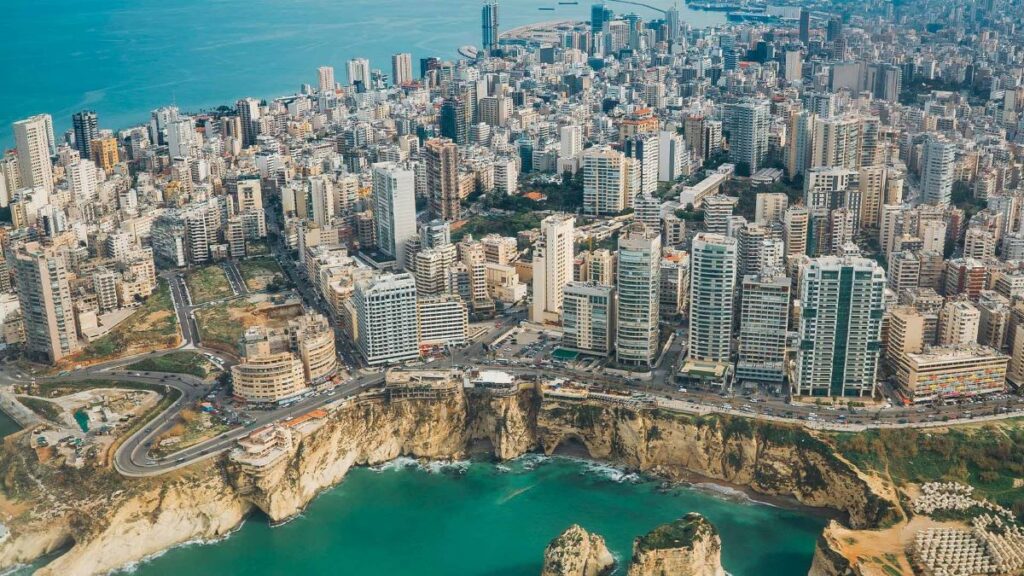
As the capital and largest city, Beirut is a vibrant hub of culture, history, and nightlife. Explore the charming streets of Gemmayzeh and Mar Mikhael, known for their art galleries, trendy cafes, and lively bars. Don’t miss the National Museum of Beirut, which houses a collection of artifacts that trace Lebanon’s history from ancient times to the present. The Corniche, a scenic seaside promenade, is perfect for a leisurely stroll while enjoying views of the Mediterranean.
- Baalbek
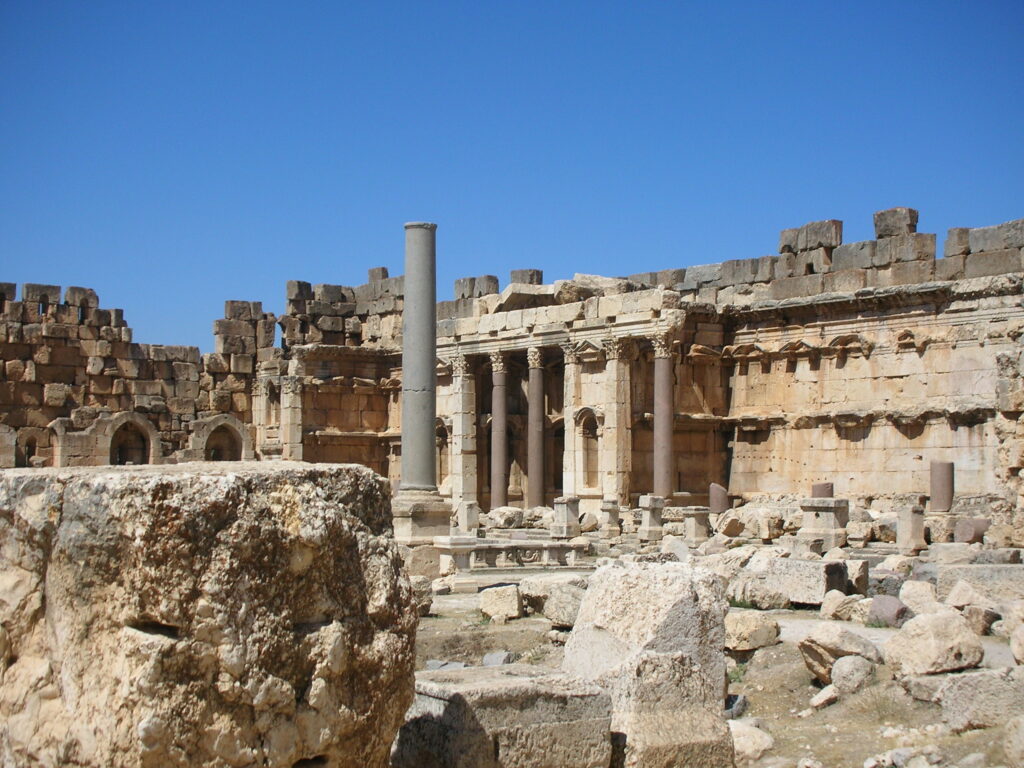
Home to some of the most well-preserved Roman ruins in the world, Baalbek is a UNESCO World Heritage site that showcases the grandeur of ancient architecture. The Temple of Jupiter, the Temple of Bacchus, and the Temple of Venus are must-see attractions that highlight the city’s historical significance. The annual Baalbek International Festival features cultural performances against the backdrop of these stunning ruins.
- Byblos
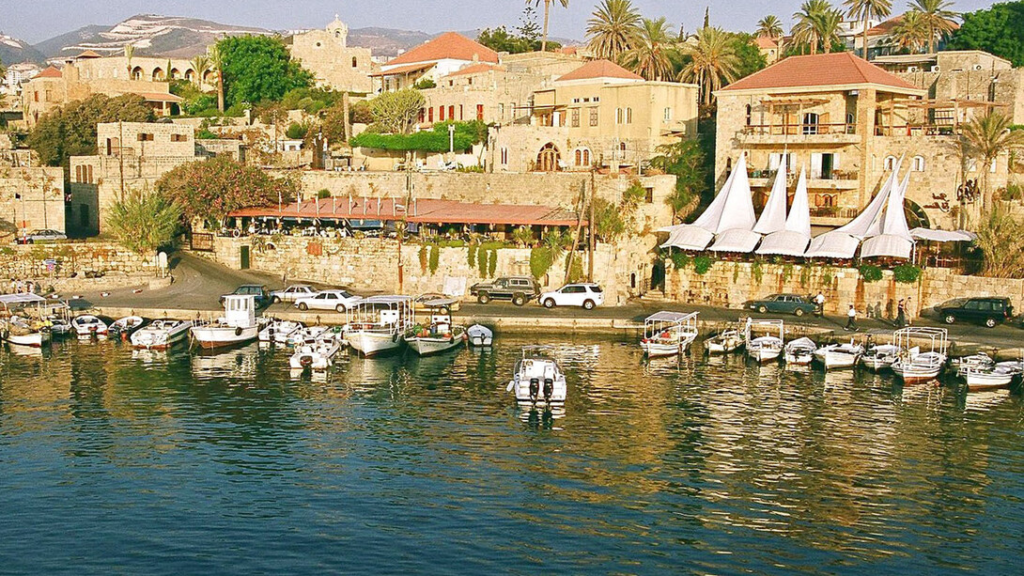
Considered one of the oldest continuously inhabited cities in the world, Byblos is steeped in history. Explore its ancient harbor, medieval castle, and Phoenician ruins, which include the Temple of Baalat Gebal. The vibrant souks and waterfront restaurants make it a great spot to experience local cuisine and culture. The Byblos Fossil Museum is also worth a visit, showcasing ancient marine fossils.
- Jeita Grotto
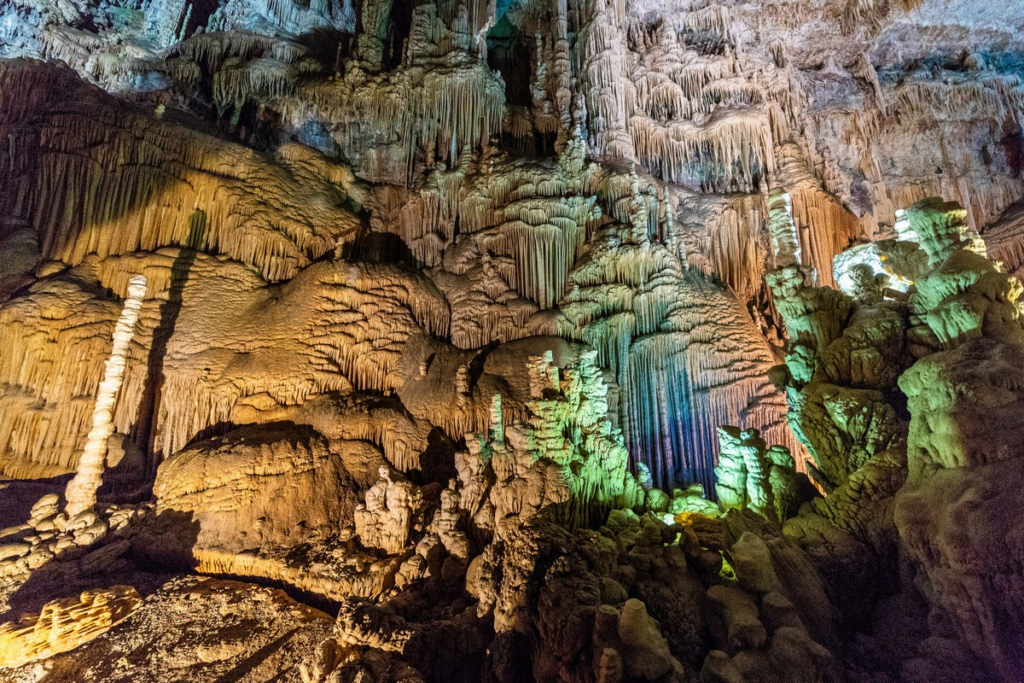
Located just outside Beirut, Jeita Grotto is a breathtaking limestone cave system that features impressive stalactites and stalagmites. The grotto consists of two interconnected caves: the upper cave, accessible by a funicular, and the lower cave, which offers boat tours through its underground rivers. This natural wonder is a popular destination for nature lovers and adventure seekers.
- The Cedars of God
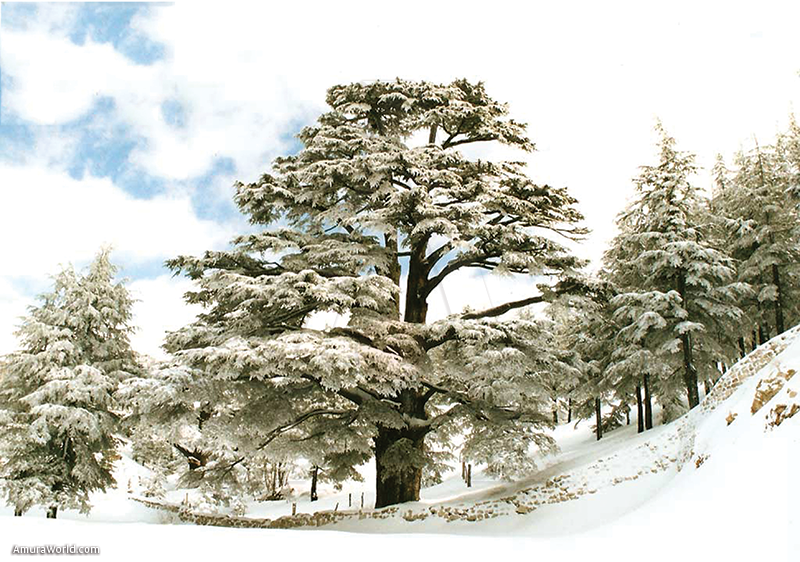
A UNESCO World Heritage site, the Cedars of God is home to ancient cedar trees that are symbols of Lebanon. Located in the mountainous region of Bcharre, this serene forest is perfect for hiking and enjoying the breathtaking views of the surrounding landscape. The nearby Qadisha Valley, known for its stunning scenery and ancient monasteries, is also worth exploring.
- Tripoli

Lebanon’s second-largest city, Tripoli, is known for its rich history and medieval architecture. Visit the Crusader Castle, the Al-Mina archaeological site, and the vibrant old souk, where you can find local handicrafts and traditional sweets. Tripoli is also famous for its delicious street food, so be sure to try the local delicacies, including the renowned Tripolitan kebab.
- Sidon (Sayda)
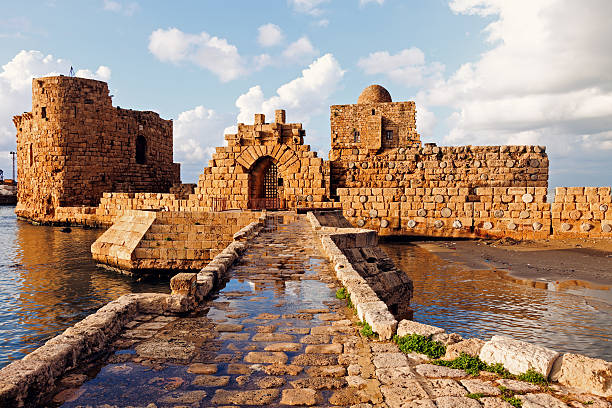
This historic coastal city is famous for its ancient ruins and picturesque waterfront. Explore the Sidon Sea Castle, built by the Crusaders, and the bustling old souk filled with local shops and artisans. Don’t miss the nearby Tyre, another UNESCO World Heritage site, known for its Roman ruins and beautiful beaches.
- Tyre
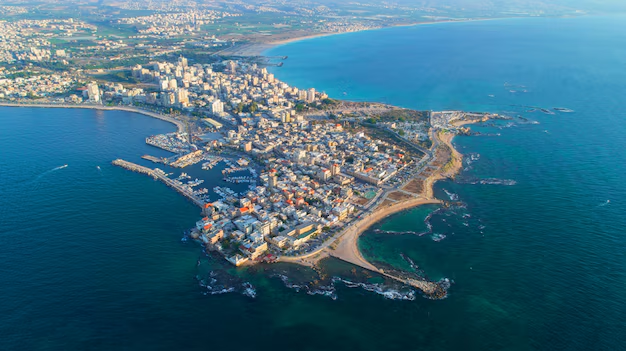
A UNESCO World Heritage site, Tyre is an ancient city with a rich history dating back to the Phoenician era. Explore its impressive Roman ruins, including the Roman Hippodrome, baths, and the Tyre Necropolis. The city’s beautiful Mediterranean beaches offer a perfect spot to relax and enjoy the sun.
- Kfardebian and Faraya
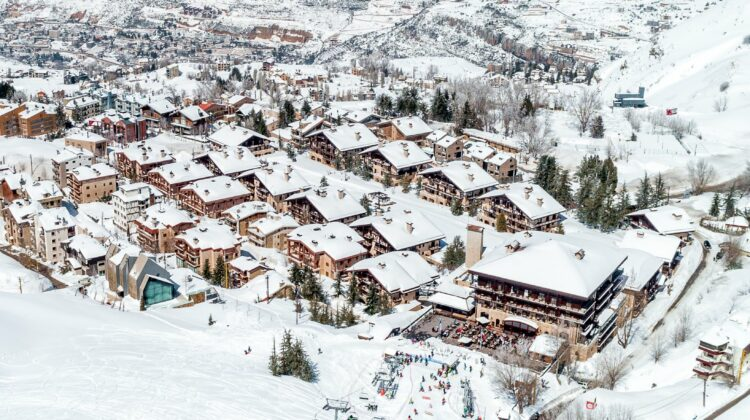
For outdoor enthusiasts and adventure seekers, Kfardebian and Faraya offer some of the best skiing and snowboarding opportunities in Lebanon. During the winter months, these mountainous areas attract visitors to enjoy their beautiful slopes. In the summer, they transform into hiking trails, offering stunning views of the surrounding landscape and the chance to explore the natural beauty of the region.
- The Chouf Mountains

The Chouf Mountains are known for their stunning natural beauty and charming villages. Visit the Beiteddine Palace, an 18th-century palace with exquisite architecture and gardens. The region is also famous for its cedar forests and beautiful hiking trails. Enjoy the picturesque views and discover the local Druze culture in the surrounding villages.
Cuisine
Lebanese cuisine is celebrated worldwide for its freshness, flavor, and diversity. It reflects the country’s rich cultural heritage and agricultural abundance, incorporating a wide variety of ingredients and cooking techniques. Lebanese meals are often served family-style, encouraging communal dining and sharing.
Mezze, a selection of small dishes served as appetizers, highlights Lebanon’s culinary prowess. Popular mezze dishes include hummus, a creamy chickpea dip; tabbouleh, a refreshing parsley and bulgur salad; and baba ghanoush, a smoky eggplant dip. Other favorites include grape leaves stuffed with rice and spices, fried eggplant, and various pickled vegetables.
Grilled meats are a staple of Lebanese cuisine, with dishes such as shish kebab, kafta (grilled minced meat), and shawarma being widely enjoyed. Seafood is also prevalent in coastal areas, with dishes like grilled fish and fried calamari featuring prominently on menus. Lebanese meals are often accompanied by freshly baked flatbreads, such as manousheh and kaak, which complement the rich flavors of the dishes.
Lebanon is also known for its wine production, with vineyards primarily located in the Bekaa Valley. The region’s climate and soil are conducive to growing high-quality grapes, leading to the production of award-winning wines that are gaining recognition on the international stage. Arak, an anise-flavored spirit, is Lebanon’s national drink, traditionally served with mezze or during festive occasions.
Festivals and Traditions
Lebanon is home to a rich array of festivals and traditions that reflect its diverse cultural heritage. Religious celebrations, such as Christmas and Eid al-Fitr, are observed with great enthusiasm and include unique customs that vary by region.
One of the most vibrant celebrations is the Baalbek International Festival, held annually in the historic town of Baalbek. This festival showcases a variety of artistic performances, including music, dance, and theater, often featuring both local and international artists. The festival takes place against the backdrop of the majestic Roman temples, providing a stunning setting for cultural expression.
Another significant event is the Jounieh International Festival, which celebrates music, art, and fireworks along the coast. The festival attracts visitors from around the world, making it a highlight of Lebanon’s summer calendar.
Additionally, the grape harvest festival in the Bekaa Valley is a time of celebration and community, where locals gather to harvest grapes, participate in traditional dances, and enjoy wine tastings.
Challenges and Resilience
Despite its rich heritage and natural beauty, Lebanon faces numerous challenges that have shaped its contemporary society. The country has experienced significant political instability, economic crises, and social unrest in recent years. The complex interplay of sectarian politics and regional conflicts has contributed to a fragile political landscape, making it difficult for the government to implement effective reforms.
The 2020 Beirut explosion, caused by the detonation of ammonium nitrate stored in the port, devastated large parts of the capital and resulted in significant loss of life and property. The disaster exposed deep-seated issues related to corruption, mismanagement, and a lack of accountability among political leaders. In the aftermath, the Lebanese people rallied together to support one another, with grassroots movements and civil society organizations working tirelessly to provide aid and rebuild communities.
Despite these challenges, the resilience of the Lebanese people shines through. Known for their hospitality and warmth, Lebanese families often open their homes to visitors, sharing their culture and traditions. The spirit of community is particularly evident during times of crisis, as neighbors come together to support those in need.
The arts and culture scene in Lebanon is also thriving, with a resurgence of creativity and innovation among young artists, musicians, and filmmakers. Festivals celebrating music, film, and visual arts attract international attention, showcasing Lebanon’s vibrant cultural landscape and its ability to inspire hope and change.
Top Eight Most Famous Food Of Lebanon
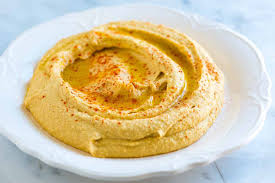
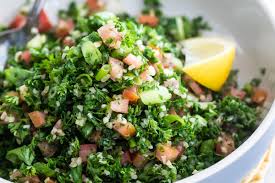
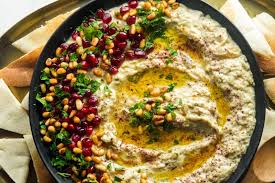

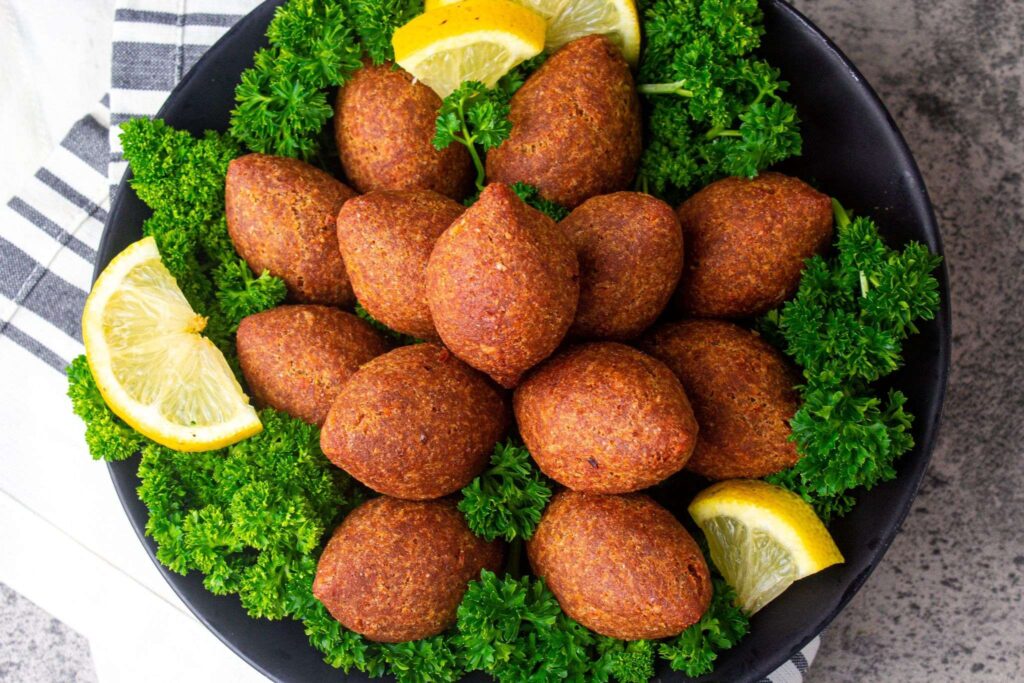
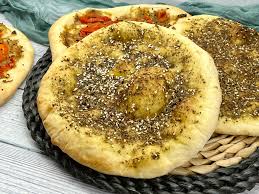
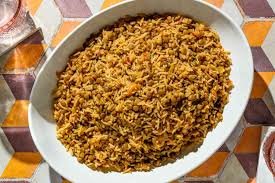

Modern Society and Lifestyle
Lebanon’s society is characterized by its diversity, with various religious and ethnic groups coexisting within its borders. The country is home to a mix of Christians, Muslims, and Druze communities, each contributing to the rich cultural tapestry of Lebanon. This diversity is reflected in the country’s festivals, traditions, and daily life, where different customs and practices coexist and enrich the Lebanese experience.
The education system in Lebanon is well-regarded, with a high literacy rate and a strong emphasis on academic achievement. Many Lebanese students pursue higher education, often attending universities in Lebanon or abroad. The country’s universities are known for their quality of education, particularly in fields such as engineering, medicine, and business.
Lebanese youth are increasingly engaged in social and political issues, advocating for change and reform in their communities. Social media plays a significant role in mobilizing activism and raising awareness about important issues, allowing young people to connect and organize efforts for positive change.
Lebanon’s vibrant nightlife is another aspect of its modern culture, with numerous bars, clubs, and restaurants offering a lively atmosphere for locals and visitors alike. The country’s music scene is diverse, encompassing genres from traditional Lebanese music to contemporary pop, hip-hop, and electronic music. Festivals and concerts featuring both local and international artists are popular, drawing large crowds and fostering a sense of unity among the people.
Natural Wonders
Lebanon is home to a variety of natural wonders that reflect its diverse ecosystems. The Qadisha Valley, a UNESCO World Heritage site, is renowned for its breathtaking scenery and ancient monasteries carved into the cliffs. This valley is considered a sacred place and is often associated with the Maronite Christian heritage.
The Cedars of God, located in the northern part of Lebanon, is another UNESCO World Heritage site. This ancient forest of cedar trees, which symbolize Lebanon, has been revered for thousands of years and is a vital part of the country’s natural heritage. The trees have significant historical and cultural importance, appearing in ancient texts and serving as a source of timber for shipbuilding and construction.
Additionally, the Jeita Grotto, a stunning limestone cave system located just outside Beirut, attracts visitors with its breathtaking stalactites and stalagmites. The grotto features an upper and lower cave, both accessible to the public, and offers boat tours through its underground rivers.
Conclusion
Lebanon is a land of contrasts, where ancient history meets modern life, and diverse cultures come together to create a unique identity. From its stunning landscapes and rich culinary traditions to its vibrant cities and warm hospitality, Lebanon offers a wealth of experiences for travelers. By exploring this beautiful country, visitors can discover the stories of its past and present, appreciate the enduring spirit of its people, and witness the resilience that defines Lebanon’s character.
let’s enjoy few years on earth with peace and happiness….✍🏼🙏

